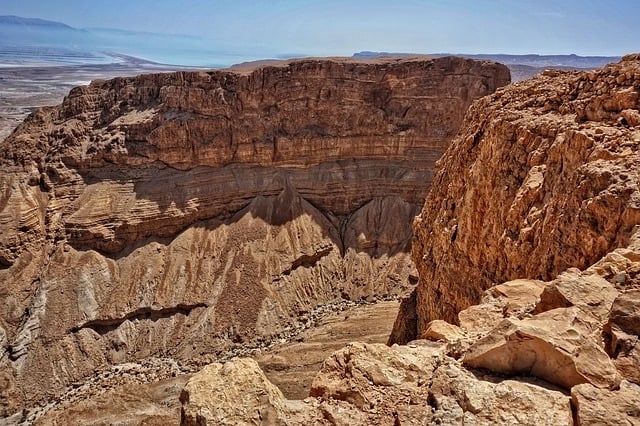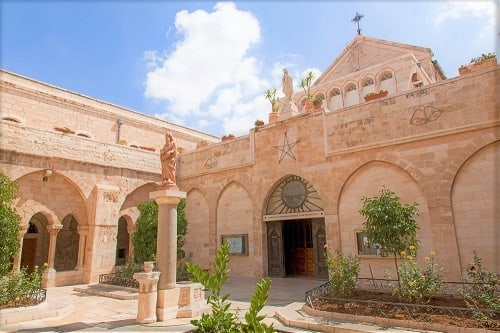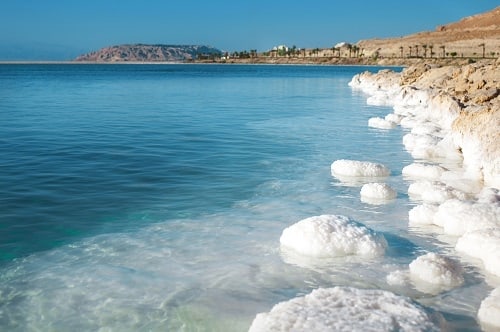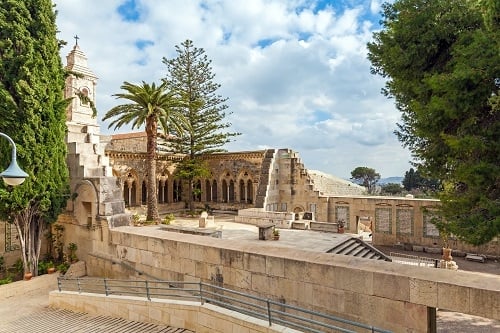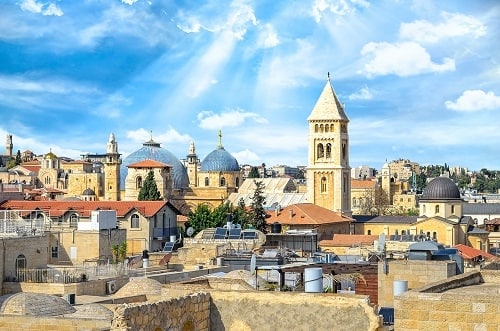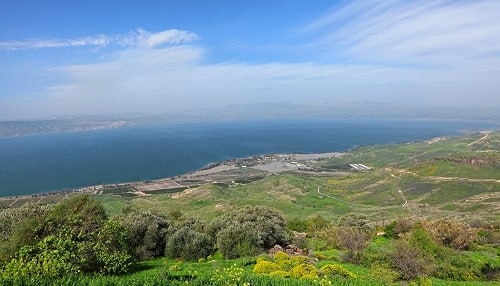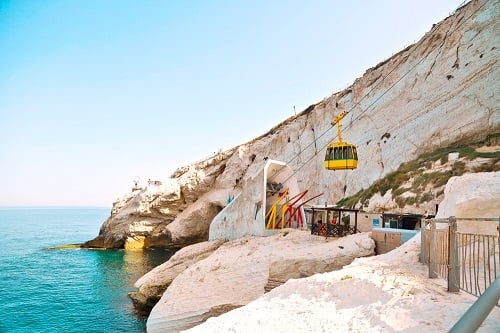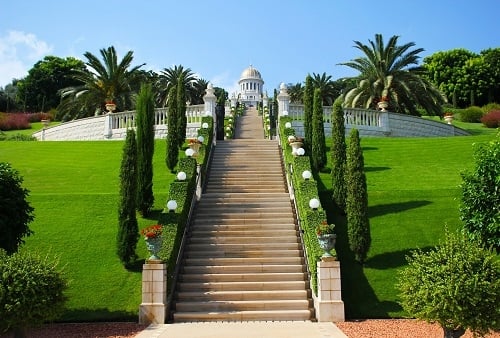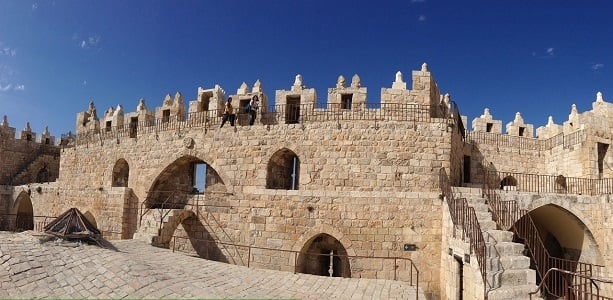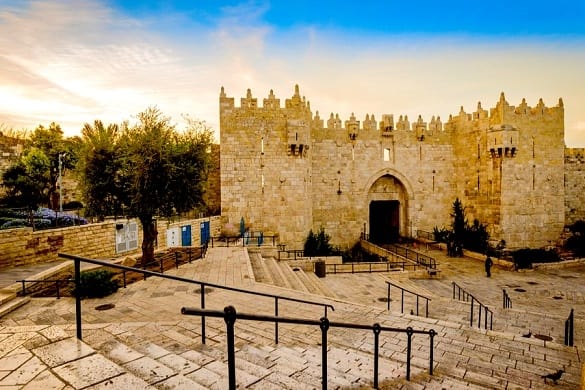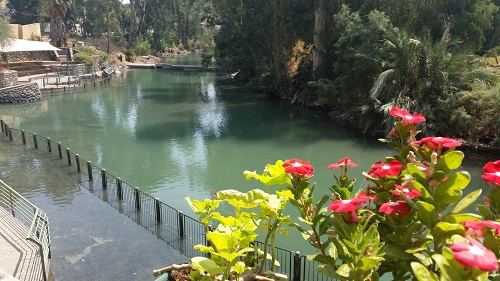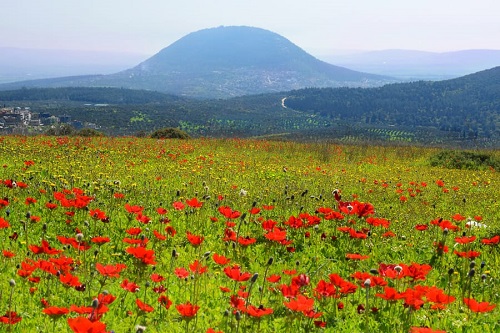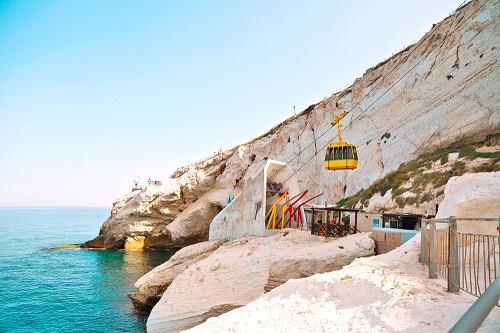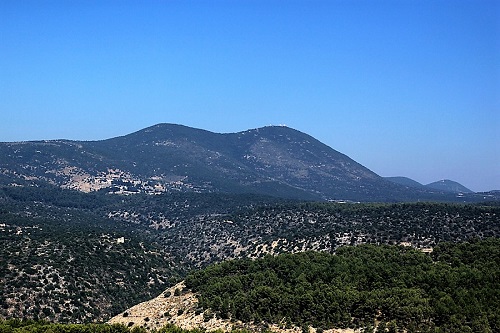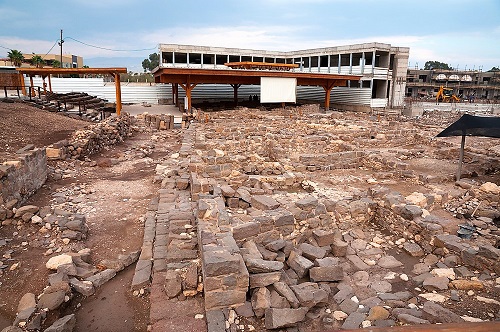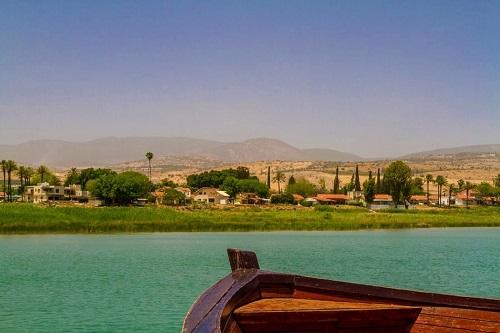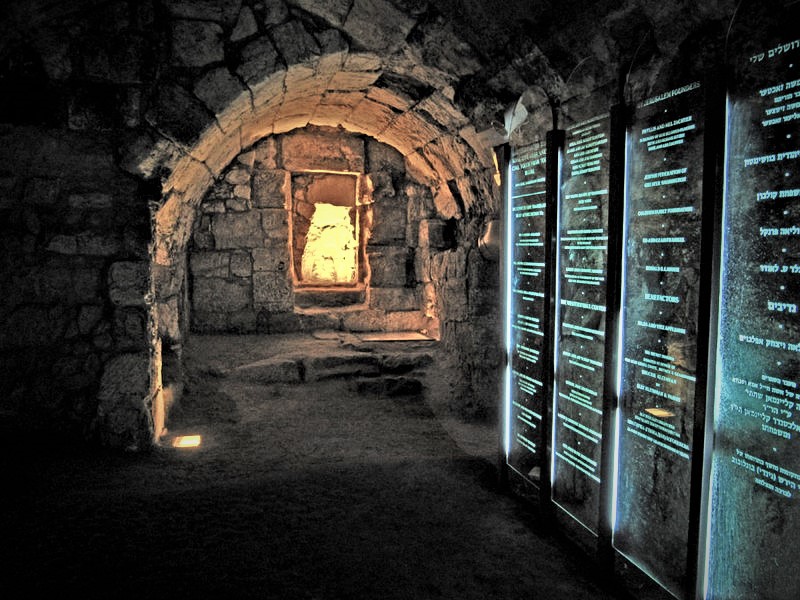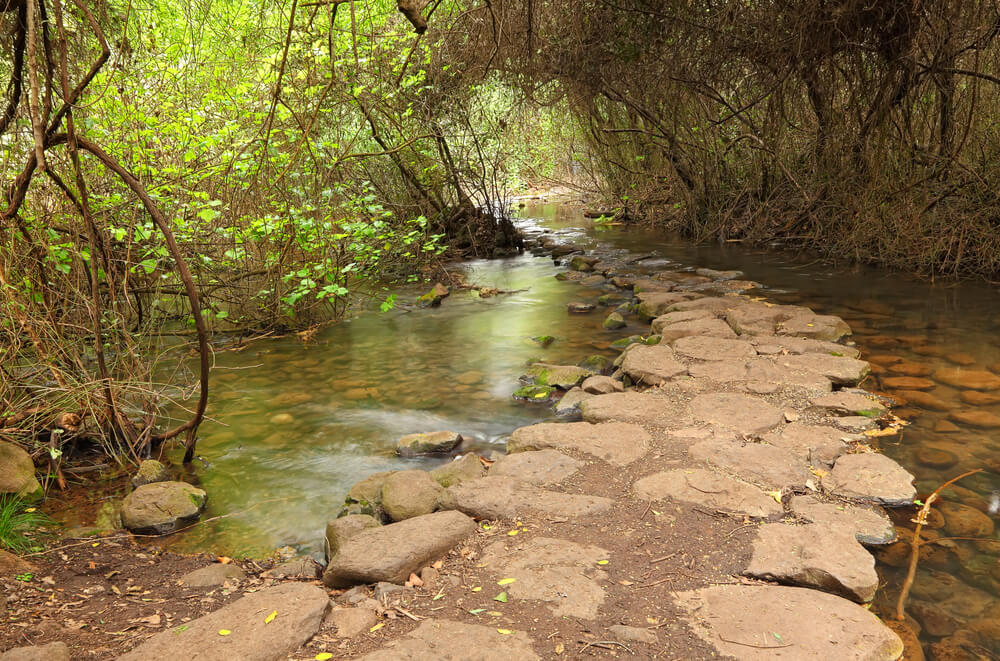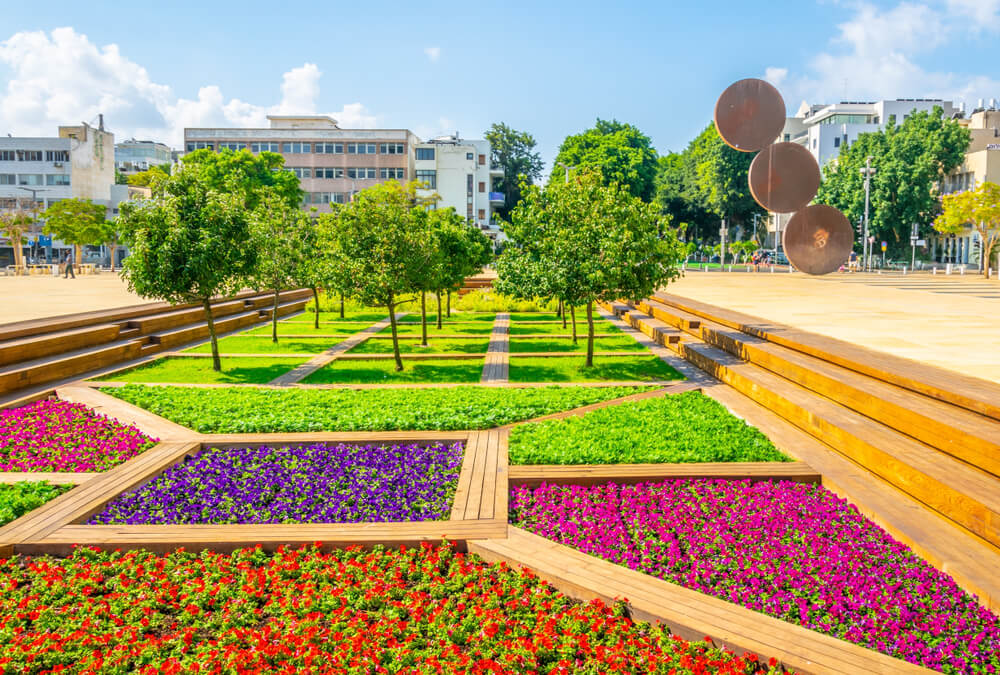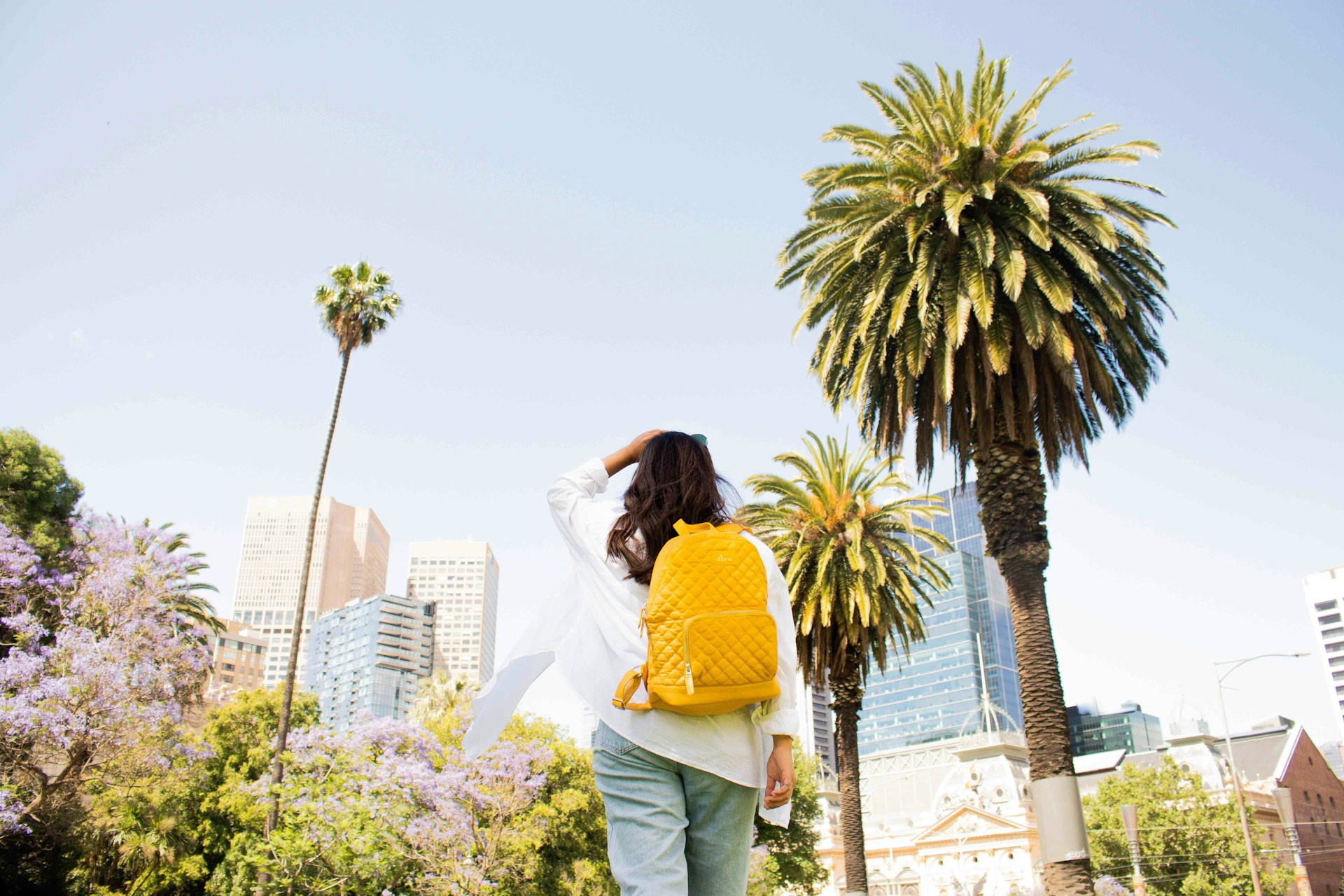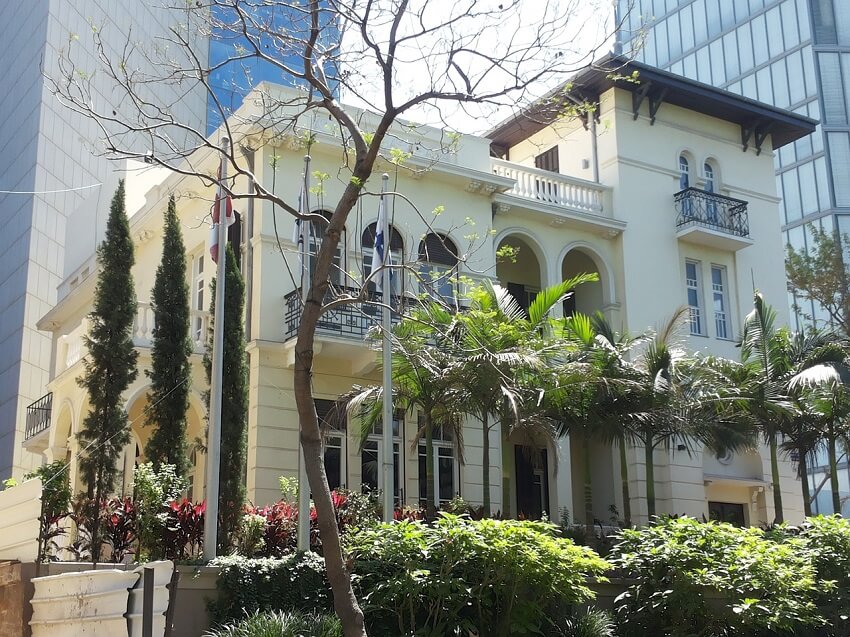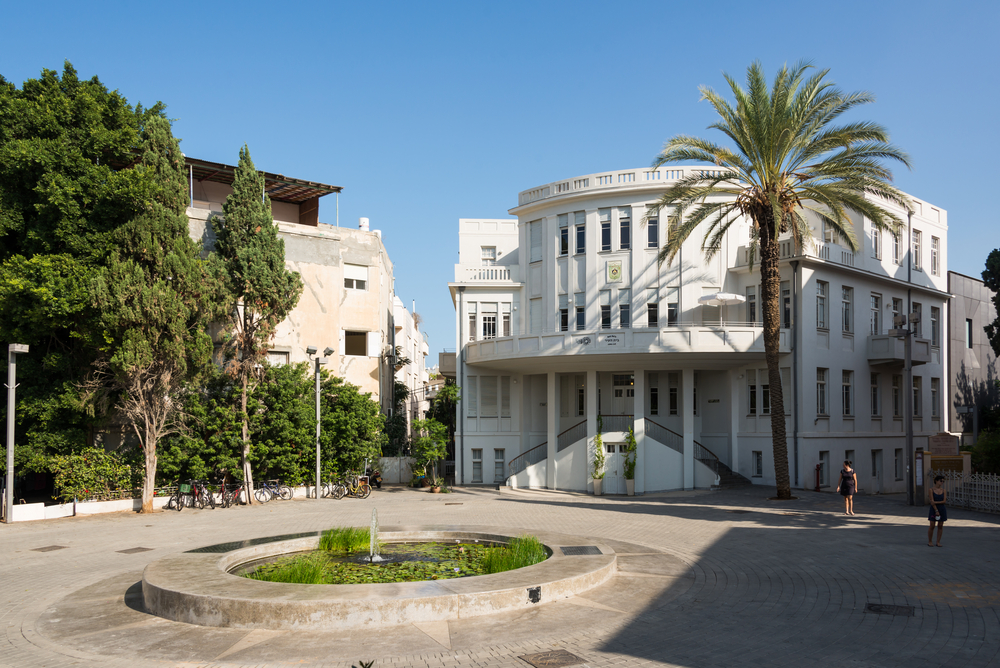Culture in Tel Aviv: Art, Cinema, and Theater
Tel Aviv is much more than justwhite sandy beachesand some of thebest clubs in Israel- it’s a vibrant, modern city that’s always changing, re-inventing itself - and that goes for its cultural scene too.Whether you choose to explore it independently or decide to take a guided Tel Aviv tour, you should remember that Tel Aviv's art museumsare world-class, and the city's full of art galleries, Israeli theaters, and cinemas that could keep you busy for days on end. From history and photography to design and performance, it’s up to you. So where should Tel Aviv culture lovers begin?Tel Aviv Museum of ArtWe have to start with the Tel Aviv Art Museum - it’s a must-visit for any culture vulture, since it’s home to a huge collection of both classical and contemporary art, showcasing works both by Israeli and international artists.From Chagall and Van Gogh to famous Israeli artists such as Kadishman and Gutman, lose yourself in beauty, and after you’ve finished, take a walk in their sculpture garden outside.The Tel Aviv Museum of ArtOnce you’ve filled your head with all this beauty, step outside and stroll down Rothschild Boulevard, home to some stunning renovated Bauhaus structures as well as some lovely cafes perfect for an Israeli breakfastand several dining spots that are among the best restaurants in Tel Aviv.This is Tel Aviv culture at its very best.Center for Contemporary ArtFounded 25 years ago, the Center for Contemporary Art has grown from one small room to a dynamic hub that includes two exhibition spaces and an auditorium at Tel Aviv’s Pollack Gallery and it’s one of Israel’s leading centers for experimental art.Do you like Modern Art? TheCenter for Contemporary Art will be right up your alley!Operating as a non-profit, its mission is to provide visitors with a window into unusual and avant-garde ideas. It hosts several large exhibitions each year, as well as guest lectures, screenings, and panels.Both local and international artists have showcased their work here and with all printed matter in Hebrew, English, and Arabic, you can see that the CCA takes the fostering of a cooperative spirit seriously.Nahum Gutman Museum of ArtDedicated to the artist Nahum Guttman who lived here, this small museum is located in the charming and picturesque neighborhood of Neve Tzedek. Gutman was born in Moldova but in 1905 his family moved to Ottoman Palestine.One of the creations displayed at the Nahum Gutman Museum of Art (Image source: Itzuvit CC BY-SA 3.0)The Nahum Gutman Museum documents his memories of Tel Aviv and Jaffa, providing a fascinating glimpse into the lives of both Jewsand Arabs living in the area at that time. Gutman pioneered a new and distinct ‘Israeli’ style, moving away from European influences and working in several mediums, including, oils, pen and ink, and mosaics.The museum also hosts temporary exhibitions (sculpture, watercolor, ceramics, photography) and it’s a wonderful place to pop into if you’re wandering the area.Rubin MuseumBorn in Romania, to a poor religious Jewish family, Reuben Ruben moved to Paris to study before emigrating to British Mandate Palestinein the early 1920s. He subsequently became a famous painter, drawing on Biblical themes and landscapes of the Holy Land in what today is known as the ‘Eretz Israel’ (‘Land of Israel’) style.One of Rubin's wonderful creations (Image source; The official Rubin Museum website)Today, you can visit his home for yourself - the Rubin Museum is on lovely Bialik Street, a stone’s throw from the Carmel Market. There, you’ll see many of his paintings, including early Tel Aviv vistas, Galilee landscapes, and landscapes and views of Jerusalem.You can really get a sense of the man, since the studio has been preserved, and if you come with kids, take them down to the basement where there’s a children’s workshop.Design Museum HolonJust twenty minutes outside Tel Aviv you’ll find Holon, a typical Israeli city that most tourists will never consider visiting. However, the fact that it’s home to the Design Museummeans that since 2016, when it opened, quite a few tourists have been making the journey there and what they find does not disappoint.The building itself is an artwork. The Design Museum on HolonActually, you could visit here just for the design of the building itself - this Ron Arad creation can be seen from a distance, with its sinuous steel ribbons in burnt orange providing the perfect Israeli Instagram opportunity.Inside, there are all kinds of exhibitions that change regularly, all devoted to contemporary design around the world, including students in design schoolsaround Israel.Habima TheaterHabima sits at the top of the beautiful Rothschild Boulevard and is considered to be a world-class theater. It first opened in 1945, before the establishment of the State of Israel, but as time passed it was rebuilt and today it showcases all kinds of plays.Whilst the theater companies usually perform in Hebrew, there are often simultaneous translations in English, so visitors don’t miss out!Enjoy local and international art!Habima (which actually means ‘The Stage’ in Hebrew) puts on plays and musicals produced both in Israel and across the world, many to critical acclaim.So whether you want to see an Israeli classic, a modern play from Europe or even a musical (both Mamma Mia and Les Mis have come here) you’re assured of a great night out. New Israeli OperaOpera buffs, this one’s for you! Founded in 1995, The New Israeli Opera has made a name for itself in Tel Aviv for its imaginative productions, ranging from classics like Mozart’s Don Giovanni and Puccini’s Tosca to original Israeli pieces such as Hanoch Levin’s ‘Opera’ and ‘Theodor’ - written by Yonatan Cnaanan, it’s subject is Theodor Herzl, widely regarded as the inspiration for the modern Israeli state.The Tel Aviv OperaProductions are sung in the original language (both Hebrew and English subtitles are provided) and with ravishing costumes, marvelously designed sets, and some very grandiose performances, you’re in for an unforgettable evening.Not too far fro there you'll find is the Sarona Complex, where you can grab a bite to eat, drink, or just wander around the beautifully renovated houses that were once home to the German Templars.Cameri TheaterThe Cameri, founded in 1944, is one of Israel’s leading theatres and, to date, has staged over 600 productions, in front of thousands of people. Based in central Tel Aviv, next to the Opera House, they put on around 15 new plays every year.Discover Israeli theaterRenowned for their directors and casts (several of whom were actually awarded the Israel Prize for contributions to their field) usually plays In are performed in Hebrew but there are occasional English-language productions. ‘The Wandering Israeli’ for example, has been a smash hit at the Cameri, hailed for its excellent cast, great music, comedy, and storytelling.It’s the perfect introduction for anyone visiting Israel for the first time and curious to know more about its people.Beit Lessin TheaterFounded in 1980 by director Yaakov Agmon, Beit Lessin Theatre produces and puts on a very diverse and high-quality repertoire of Israeli and international productions, performing seven days a week on three different stages.A show at the Beit Lessin Theater (Image source: Gadi Dagon CC BY-SA 3.0)Always emphasizing local talent and contemporary plays, the company premieres 10-12 new productions each season, of which around a third are world premieres.Beit Lessin has gained a reputation for putting on plays that really get talked about - whether they’ve just been written or are adaptations or modern classics and old-but-gold favorites. And the playwright Shmuel Hasfari’s trilogy (‘Kiddush’ ‘Chametz’ and ‘Shiva)’ in the mid1990s) really helped put them on the map.Tel Aviv CinemathequeIf you love independent movies, then head to Cinematheque, which is one of Tel Aviv’s best centers for small-budget productions, foreign films, and regular international film festivals. Opened In 1973, as a venue for fringe end arthouse films, its aim was certainly to provoke conversations about social and political issues of the day.The Tel Aviv Cinematheque (Image source: Vysotsky CC BY-SA 4.0)Today, it’s still doing that (with six screaming halls, all with state-of-the-art projection facilities) but if independent films aren’t your thing then don’t fear, because they still have plenty of evenings where blockbusters, cult classics, and smash-hit documentaries are put on.Rav Chen DizengoffBeloved by native English speakers (since all of its movies are in English, with Hebrew subtitles), Rav Chen sits in the heart of Tel Aviv, just opposite the famous Dizengoff Square. Part of a chain that operates across Israel, it boasts super comfortable chairs, six screens and plenty of concessions stands for popcorn lovers.Open seven days a week, and showing premieres and blockbusters, it's the perfect place to pass a rainy day in winter or a scorching hot afternoon in the Israeli summer…and because it's in the heart of Tel Aviv, there are plenty of cafes and restaurants around so, afterwards, you can people-watch, eat dinner or simply grab some Israeli street food.Lev DizengoffEstablished 27 years ago, and now with seven of its kind across Israel, Lev Dizengoff has gained a reputation for screening quality international films that are distinctly non-mainstream, but good enough to win international film awards.Tucked away on the third floor of the Dizengoff Center, the theatres are cozy but comfortable - it’s the antithesis of an IMAX experience!Dizengoff CenterFilms made by veteran directors such as Ang Lee (‘The Wedding Banquet’ and ‘Brokeback Mountain’) Pedro Almodovar (‘All About my Mother’ and ‘Talk to Her’) and Mike Leigh (‘Secrets and Lies ’and ‘Vera Drake’) are typical fare and a trip to the Lev (with its intimate feel) can often provoke nostalgia amongst Tel Avivis!If you’re traveling to Israel and want to make the most of your time, consider discovering the true charm of this country with our professionally guided tours. Besides Tel Aviv tours for every taste, we offer tours in holy Jerusalem, day trips to theDead Sea, Masada fortress, Ein Gedi, the crusader city ofAkko, Cesarea, the stunningGolan heights,and many more.Feel free to contact us by email or phone for more information and if you’re curious about Israel, read more about life here on our blog.
